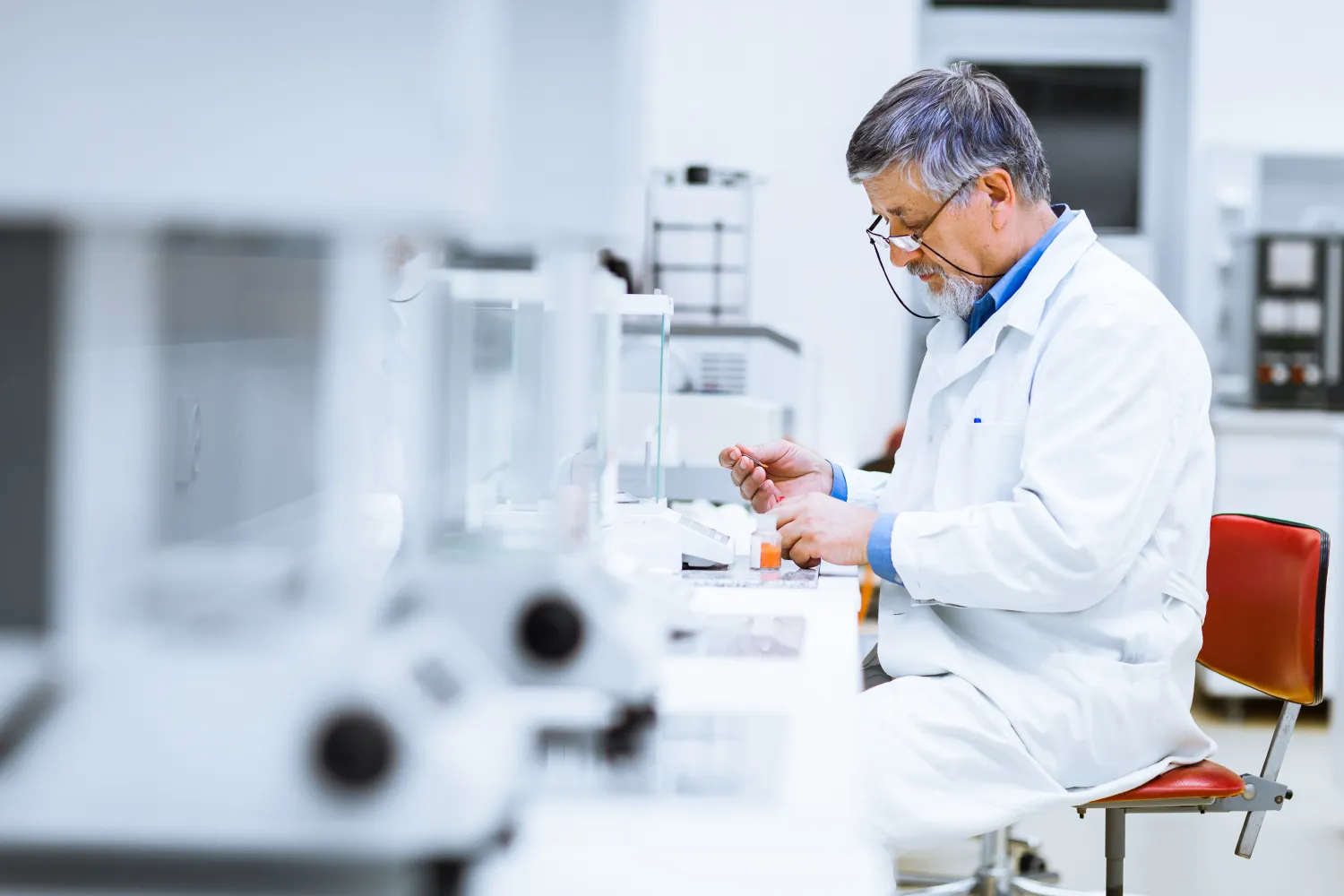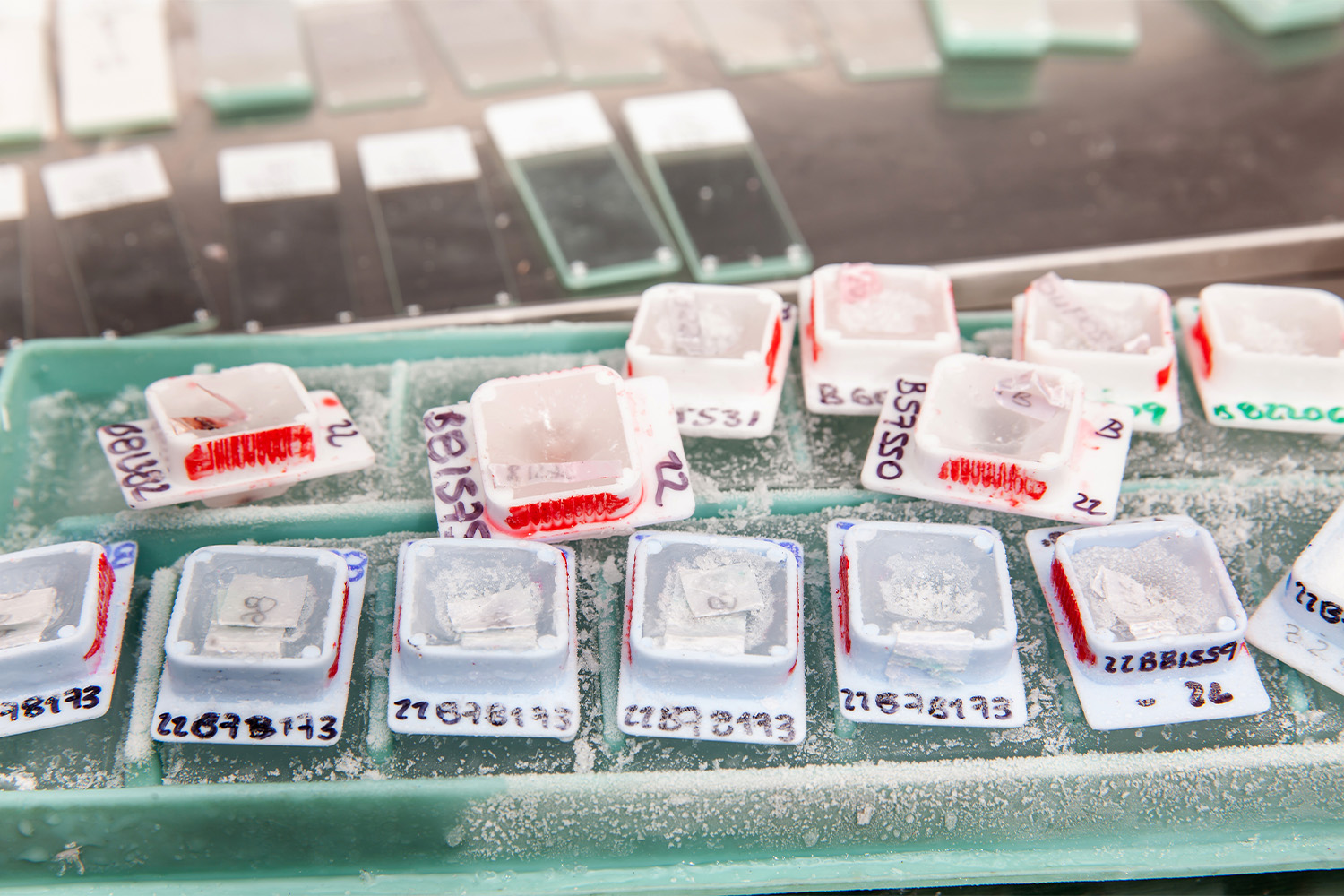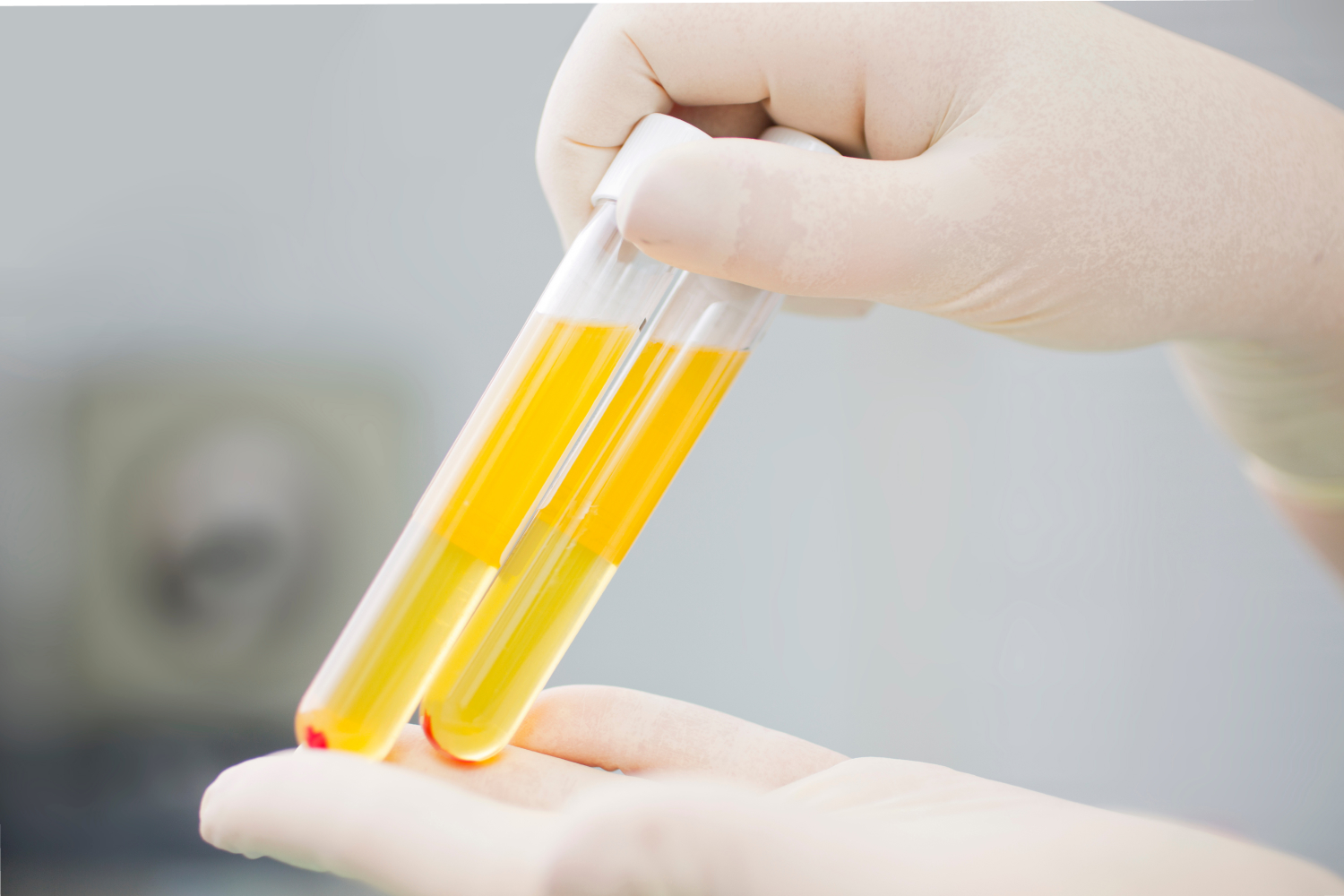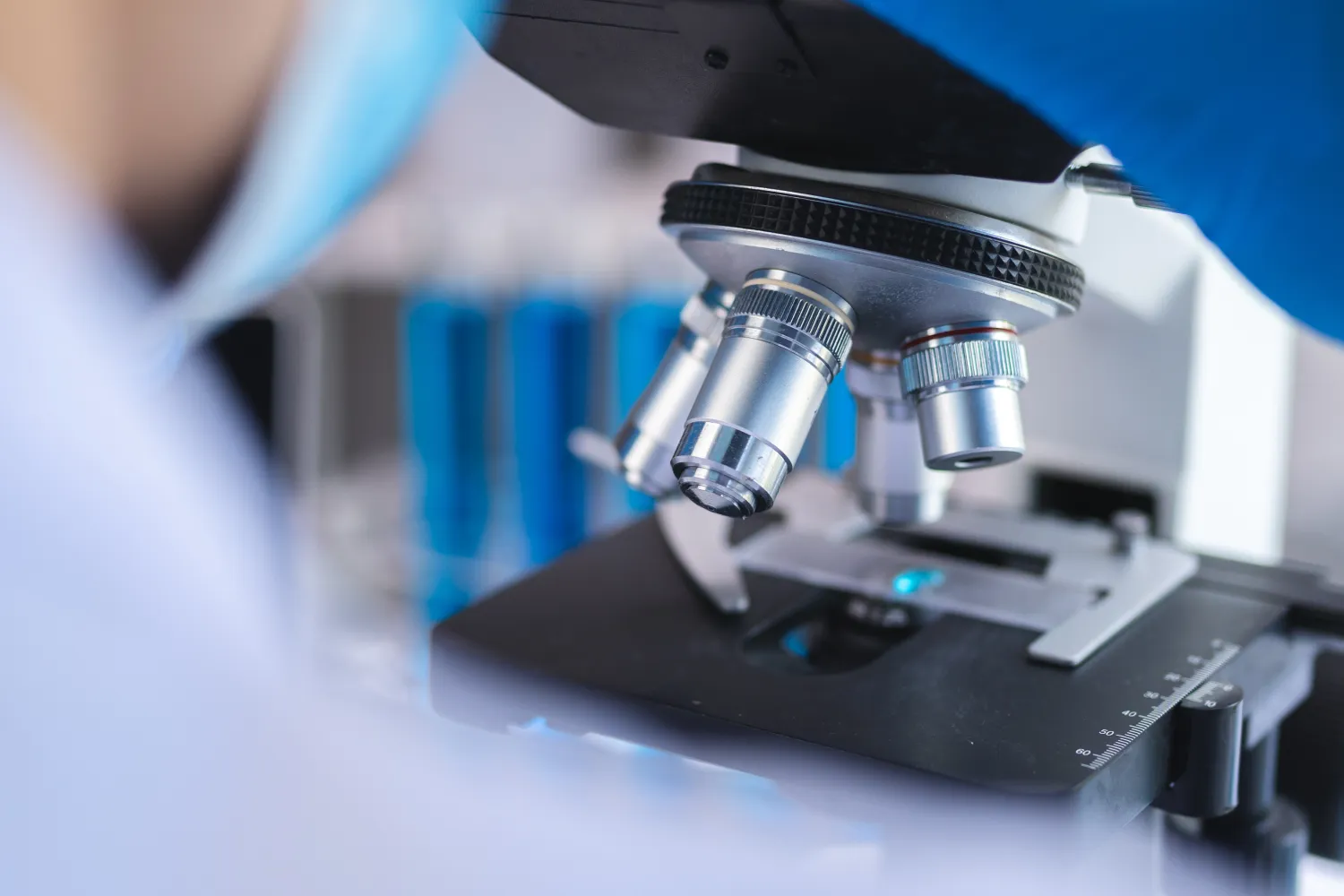Anterior nasal swabbing is a common technique used in clinical research. It involves the collection of mucus samples from the nasal cavity of a study participant which is then analyzed to detect the presence of certain biochemical markers, viruses, and other pathogens.
Samples collected from the anterior nasal swab are highly effective in terms of accurately detecting disease-causing agents, as well as providing useful information about an individual’s health status.
The collection process is simple, requires minimal effort from the participant, and provides reliable results that can be used for further research.
Performing an anterior nasal swab is a simple and straightforward procedure. The swab is inserted into the anterior part of the nasal cavity and rolled gently against the mucous membranes in the area.
In contrast, the more invasive and uncomfortable nasopharyngeal swab collects mucus specimens from deeper in the nasal cavity. The swab is then withdrawn and placed in a specimen container or media for further analysis. Any discomfort experienced by the participant during the procedure is usually minimal and does not last for more than a few minutes.
Anterior nasal swabbing is especially useful in cases where an infection is localized to the upper respiratory tract or when a rapid diagnosis is needed for effective treatment.
The collected samples are a quick, efficient source of data that can help researchers gain a better understanding of the etiology, prevalence, and progression of certain diseases.
There are many other advantages to implementing an anterior nasal swab to collect information in a clinical trial.
The process is relatively non-invasive and does not require the use of needles or other invasive medical devices.
Additionally, the procedure is relatively inexpensive compared to blood draws while providing similarly accurate and reliable results that can be used for further research.
Despite its advantages, anterior nasal swabbing is not without its drawbacks. For instance, it is not always possible to collect enough sample material due to the limited amount of mucus present in the nasal cavity.
Additionally, due to the delicate nature of the sample, there is a risk of contamination or degradation which can lead to inaccurate results. While the process is generally very well tolerated, it can be uncomfortable for some participants and may require additional time and resources if the sample cannot be analyzed in-house.
Obtaining anterior nasal swab samples from biorepositories is a viable option for researchers who are limited by time or resources.
These repositories store samples collected from individuals for long-term storage, making them readily available for use in research studies.
In addition, biorepositories can provide reliable and accurate sample material that is free from contamination or degradation. And, while utilizing a biorepository can incur additional costs, the cost associated with obtaining nasal swab specimens is often much lower than the cost of collecting other biospecimens such as blood or whole tissue.
At iProcess Global Research, you can expect to work with a leader in biospecimen procurement. With access to over 1,000 sites globally and having shipped over 100,000 biospecimens, iProcess has the experience and knowledge to facilitate access to nearly limitless biospecimen requests for any research endeavor.
Contacting iProcess is quick and easy — request a free quote today.
Sources:




